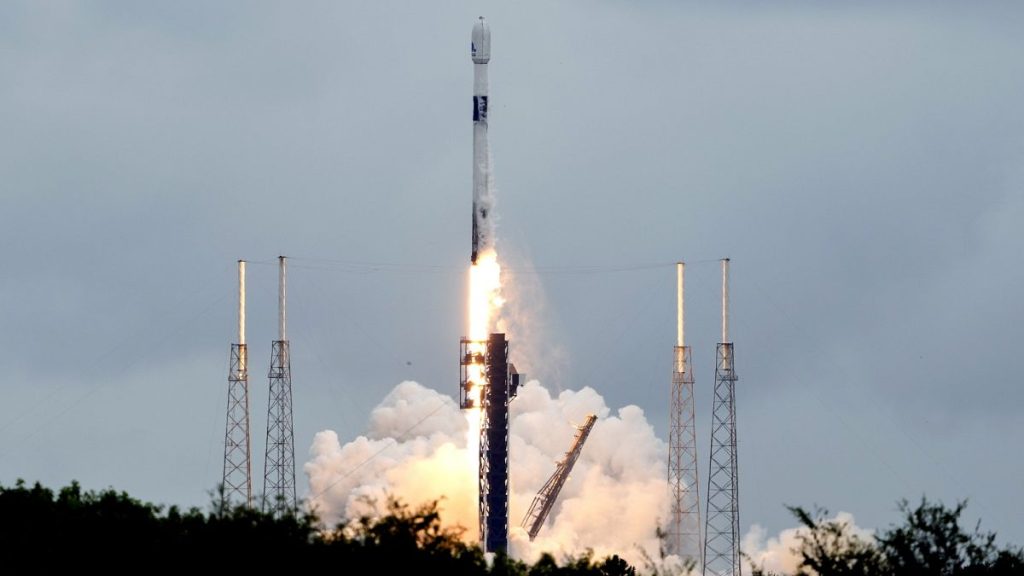Hera, the European Space Agency’s first planetary defense space mission, was launched from Cape Canaveral in Florida on board a Space X Falcon 9 rocket. The mission is bound for the asteroid Dimorphos, located 195 million km away, with the main goal of surveying the impact site of NASA’s DART spacecraft. DART was previously crashed into the asteroid to deflect its course, making it the first human-made object to alter the trajectory of a celestial body. Depending on the observations and surveys conducted by Hera, this technique could potentially form the basis of a planetary defense system with implications for Earth’s safety.
The Hera mission, in collaboration with DART and the Japanese Space Agency, demonstrates global cooperation in the realm of planetary defense. With 18 European countries, 70 companies, and JAXA involved in the four-year-long project, it is noted as the fastest planetary mission carried out in Europe. The mission is crucial for planetary defense as it provides an opportunity to test and potentially refine the ‘kinetic impact’ technique of asteroid deflection. The success of this mission could pave the way for future planetary defensive systems that could protect Earth from potential threats from outer space.
Despite facing significant obstacles, such as the grounding of the Falcon 9 rocket after a malfunction, and weather uncertainties due to a category 5 hurricane approaching Florida, the Hera mission was authorized for launch by the US Federal Aviation Authority. The launch was successful, with the spacecraft expected to reach Dimorphos in October 2026. The deployment of two CubeSats will begin gathering data on the asteroid, allowing researchers to analyze its composition and further study the impact site left by the DART spacecraft.
The collaborative efforts involved in the Hera mission highlight the importance of global cooperation in addressing potential threats from space. The mission showcases the capabilities of European countries and companies, along with JAXA’s involvement, in conducting a fast and efficient planetary defense mission. By working together, humanity can achieve remarkable feats such as altering the trajectory of celestial bodies and developing systems to defend against potential hazards that could impact life on Earth. The successful launch of the Hera spacecraft marks a significant milestone in ESA’s achievements and contributions to planetary defense efforts.
The Hera mission, timed to arrive at the asteroid Dimorphos in October 2026, will provide valuable insights into the effectiveness of the kinetic impact technique for asteroid deflection. By examining the impact site of the DART spacecraft and surveying the asteroid’s composition, researchers hope to gather data that will inform the development of future planetary defense systems. The deployment of two CubeSats will enhance data collection and contribute to a better understanding of the asteroid’s characteristics, paving the way for advancements in planetary defense strategies.
In conclusion, the Hera mission represents a significant step forward in planetary defense efforts and highlights the importance of international collaboration in addressing potential threats from space. By leveraging the capabilities of ESA, European countries, and JAXA, researchers aim to refine the kinetic impact technique and develop effective planetary defense systems. The successful launch of the spacecraft despite obstacles such as technical malfunctions and adverse weather conditions underscores the commitment and determination of the team involved in the mission. As Hera continues its journey to Dimorphos, the scientific community eagerly anticipates the valuable data it will collect, which could prove crucial in safeguarding Earth from potential hazards in the future.













